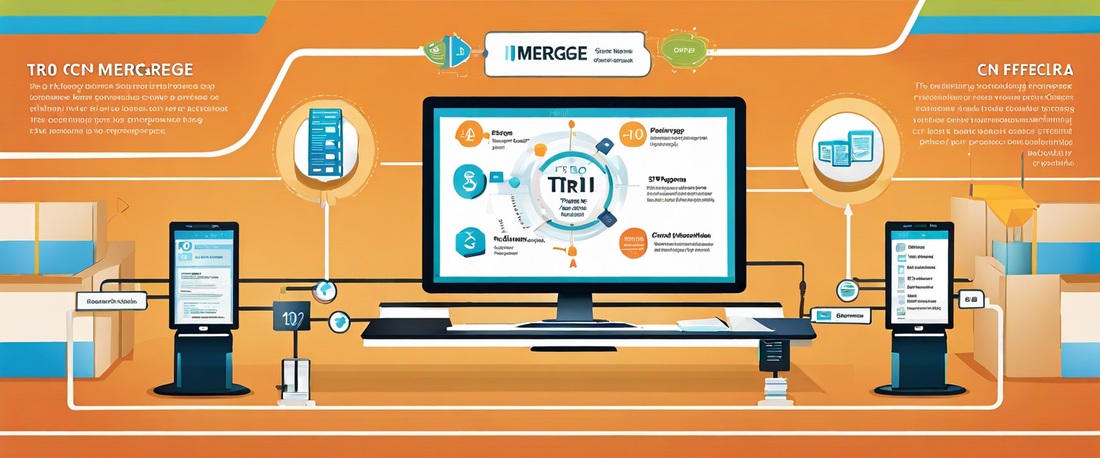
10 Steps to Efficiently Tri-Merge a CPN: A Comprehensive Guide
Share
10 Steps to Efficiently Tri-Merge a CPN: A Comprehensive Guide
Tri-merging a CPN (Credit Privacy Number) is a crucial step in the process of establishing a new credit profile. It involves combining the information from three different credit bureaus to create a unified credit report. This comprehensive guide will walk you through the ten essential steps to efficiently tri-merge a CPN, ensuring a smooth and successful process.
Step 1: Research and Understand CPNs
Before diving into the tri-merging process, it is crucial to thoroughly research and understand CPNs. Familiarize yourself with the legalities, benefits, and potential risks associated with using a CPN for credit purposes. This knowledge will help you make informed decisions throughout the tri-merging process.
Step 2: Obtain a Legitimate CPN
Ensure that you obtain a legitimate CPN from a reliable source. It is essential to acquire a CPN that is issued legally and can be used for credit purposes. Avoid fraudulent sources that may provide invalid or illegal CPNs, as this can lead to severe consequences.
Step 3: Gather Personal Information
Collect all the necessary personal information required for the tri-merging process. This includes your legal name, date of birth, social security number, address, and any other relevant details. Ensure the accuracy and consistency of this information across all documents.
Step 4: Obtain Credit Reports
Request credit reports from the three major credit bureaus: Equifax, Experian, and TransUnion. These reports will serve as the basis for the tri-merging process. Review each report carefully to identify any discrepancies or errors that need to be addressed.
Step 5: Analyze and Compare Credit Reports
Thoroughly analyze and compare the credit reports obtained from the three bureaus. Identify any inconsistencies, inaccuracies, or discrepancies in the information provided. This step is crucial for ensuring a clean and accurate tri-merged credit profile.
Step 6: Dispute Errors and Inaccuracies
If you come across any errors or inaccuracies during the analysis, initiate the dispute process with the respective credit bureaus. Follow their guidelines to correct any misinformation or discrepancies in your credit reports. This step will help ensure the accuracy of your tri-merged CPN.
Step 7: Establish New Credit Accounts
Once you have addressed any errors or inaccuracies, it's time to establish new credit accounts using your CPN. Research and apply for credit cards, loans, or other credit instruments that can help you build a positive credit history. Be cautious and responsible while using your new credit accounts.
Step 8: Monitor and Maintain Your Credit Profile
Regularly monitor and maintain your tri-merged CPN credit profile. Keep track of any changes, updates, or discrepancies that may occur over time. Stay vigilant to protect your creditworthiness and ensure the long-term success of your new credit profile.
Step 9: Practice Responsible Credit Habits
Adopt responsible credit habits to build a strong credit profile. Make timely payments, keep your credit utilization low, and avoid excessive debt. Responsible credit management will contribute to the growth and stability of your tri-merged CPN.
Step 10: Seek Professional Guidance if Needed
If you encounter challenges or have any doubts during the tri-merging process, consider seeking professional guidance. Credit repair agencies or financial experts can provide valuable insights and assistance to ensure a successful tri-merging experience.
By following these ten steps, you can efficiently tri-merge a CPN and establish a new credit profile. Remember to conduct thorough research, gather accurate information, analyze credit reports, dispute errors, and practice responsible credit habits. Tri-merging a CPN requires careful attention to detail and adherence to legal and ethical practices, leading to a strong credit foundation for your financial endeavors.
